- Joined
- Apr 24, 2010
- Messages
- 12,919
- Reaction score
- 27,639
- Golden Thread
- 1
- Location
- Upper Canada 🇨🇦
- 🥇 Banner finds
- 1
- 🏆 Honorable Mentions:
- 3
- Detector(s) used
- XP Deus, Lesche Piranha 35 Shovel & 'Garrett Carrot'
- Primary Interest:
- Relic Hunting
The weather was great this past weekend and not too hot, so perfect detecting weather.  The first site I detected on Saturday afternoon for 3hrs, I found a 1913 LC, the A.W. Faber Circular Eraser and the small brass buckle. On Sunday morning, I headed back to the site where I found the complete pewter spoon a few weeks ago. My first find was a 1919 LC, followed by an 1859 LC, then an 1837 Lower Canada One Penny. I then got an interesting loud 90 signal on the Deus and out popped my first 1851 US Trime or Three-Cent Piece. This coin is so thin, I was surprised the machine could actually hear it. The last site I went to was a site the Arkies had just dug and the farmer has just planted soybeans in, it was here that I found the Castleford Rugby League Pin.
The first site I detected on Saturday afternoon for 3hrs, I found a 1913 LC, the A.W. Faber Circular Eraser and the small brass buckle. On Sunday morning, I headed back to the site where I found the complete pewter spoon a few weeks ago. My first find was a 1919 LC, followed by an 1859 LC, then an 1837 Lower Canada One Penny. I then got an interesting loud 90 signal on the Deus and out popped my first 1851 US Trime or Three-Cent Piece. This coin is so thin, I was surprised the machine could actually hear it. The last site I went to was a site the Arkies had just dug and the farmer has just planted soybeans in, it was here that I found the Castleford Rugby League Pin.
I should also thank a friend of mine who detects using the same GM 2 Power Program I do, his suggestion was to try using it at 7.7kHz, I've always been at 12kHz. Well, all I can say is the coppers and silver literally scream at you through these old iron infested sites, what a difference the lower kHz made!
US Three-Cent Piece
The US Three-Cent coin was proposed in 1851 both as a result of the decrease in postage rates from five cents to three and to answer the need for a small-denomination, easy-to-handle coin. The three-cent silver featured a shield on a six-sided star on the obverse and the Roman numeral III on the reverse. The coin was initially composed of 75% silver and 25% copper to ensure that the coin would be considered real currency yet not worth melting down for the silver. The coins were physically the lightest-weight coins ever minted by the United States, weighing only 0.8 grams and with a diameter smaller than a modern dime and only slightly greater than the smallest gold dollars. The silver coins were known as "fishscales". The term "trimes" is often used today for these coins and was first used by the director of the United States Mint (James Ross Snowden) at the time of their production. Starting in 1854, the three-cent silver had its silver metal content raised to 90% to encourage circulation. At the same time, its weight was reduced to 0.75 grams by reducing thickness. The coin went through a design change at the time such that two lines were now used to border the star on the obverse and an olive sprig was added above and a bundle of arrows below the Roman numeral III on the reverse.
A.W. Faber Company USA - Circular Eraser
When the carpenter Kaspar Faber (1730-1784) started his own small pencil factory in Stein outside of Nuremberg in 1761, he laid the foundation for what is now the Faber-Castell company. The business was named "A.W. Faber" after his son Anton Wilhelm Faber (1758-1819) in the second generation. After Kaspar's death, his son Anton Wilhelm took over the business that had already grown to a respectable size. In 1870, the name A.W. Faber was officially entered in the United States Register of Companies, as the fifth name in the first ledger. Since the four companies ahead of it no longer exist, A.W. Faber is the oldest brand name in the USA. Until 1898, the company was owned by the Faber family and was known as A.W. Faber. Then Ottilie von Faber, the heir to the business, married Count Alexander zu Castell-Rdenhausen. But her grandfather Lothar von Faber had stipulated in his will that the name Faber should remain in the company for all time. And so, they changed their surname to Faber-Castell. For Faber-Castell the year 2011 was marked by an extraordinary event - the company's 250th birthday. Faber-Castell is thus one of the oldest industrial companies in the world and the oldest registered brand in the United States.
Castleford Rugby League Pin Castleford West Yorkshire, England
The Castleford Tigers joined the English Rugby League in 1926 having previously been a successful junior club and since 1927 has always played home games at the current stadium on Wheldon Road which has been known as The Mend-A-Hose Jungle since 2014. The Tigers have grown into one of the most famous Rugby League Clubs in the United Kingdom and has consistently produced players who have achieved worldwide status in the game of Rugby League while playing in the famous black and amber colours. 32 players have become Great Britain Internationals and 29 have played for England, plus numerous other representing county and other international countries.
Thanks very much for looking,
Dave
I should also thank a friend of mine who detects using the same GM 2 Power Program I do, his suggestion was to try using it at 7.7kHz, I've always been at 12kHz. Well, all I can say is the coppers and silver literally scream at you through these old iron infested sites, what a difference the lower kHz made!

US Three-Cent Piece
The US Three-Cent coin was proposed in 1851 both as a result of the decrease in postage rates from five cents to three and to answer the need for a small-denomination, easy-to-handle coin. The three-cent silver featured a shield on a six-sided star on the obverse and the Roman numeral III on the reverse. The coin was initially composed of 75% silver and 25% copper to ensure that the coin would be considered real currency yet not worth melting down for the silver. The coins were physically the lightest-weight coins ever minted by the United States, weighing only 0.8 grams and with a diameter smaller than a modern dime and only slightly greater than the smallest gold dollars. The silver coins were known as "fishscales". The term "trimes" is often used today for these coins and was first used by the director of the United States Mint (James Ross Snowden) at the time of their production. Starting in 1854, the three-cent silver had its silver metal content raised to 90% to encourage circulation. At the same time, its weight was reduced to 0.75 grams by reducing thickness. The coin went through a design change at the time such that two lines were now used to border the star on the obverse and an olive sprig was added above and a bundle of arrows below the Roman numeral III on the reverse.
A.W. Faber Company USA - Circular Eraser
When the carpenter Kaspar Faber (1730-1784) started his own small pencil factory in Stein outside of Nuremberg in 1761, he laid the foundation for what is now the Faber-Castell company. The business was named "A.W. Faber" after his son Anton Wilhelm Faber (1758-1819) in the second generation. After Kaspar's death, his son Anton Wilhelm took over the business that had already grown to a respectable size. In 1870, the name A.W. Faber was officially entered in the United States Register of Companies, as the fifth name in the first ledger. Since the four companies ahead of it no longer exist, A.W. Faber is the oldest brand name in the USA. Until 1898, the company was owned by the Faber family and was known as A.W. Faber. Then Ottilie von Faber, the heir to the business, married Count Alexander zu Castell-Rdenhausen. But her grandfather Lothar von Faber had stipulated in his will that the name Faber should remain in the company for all time. And so, they changed their surname to Faber-Castell. For Faber-Castell the year 2011 was marked by an extraordinary event - the company's 250th birthday. Faber-Castell is thus one of the oldest industrial companies in the world and the oldest registered brand in the United States.
Castleford Rugby League Pin Castleford West Yorkshire, England
The Castleford Tigers joined the English Rugby League in 1926 having previously been a successful junior club and since 1927 has always played home games at the current stadium on Wheldon Road which has been known as The Mend-A-Hose Jungle since 2014. The Tigers have grown into one of the most famous Rugby League Clubs in the United Kingdom and has consistently produced players who have achieved worldwide status in the game of Rugby League while playing in the famous black and amber colours. 32 players have become Great Britain Internationals and 29 have played for England, plus numerous other representing county and other international countries.
Thanks very much for looking,
Dave
Attachments
-
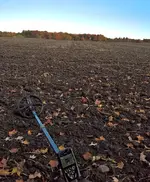 WP_20161009_08_47_49_Rich (2).webp210.1 KB · Views: 98
WP_20161009_08_47_49_Rich (2).webp210.1 KB · Views: 98 -
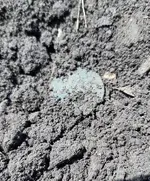 20210529_133357_resized.webp501.1 KB · Views: 86
20210529_133357_resized.webp501.1 KB · Views: 86 -
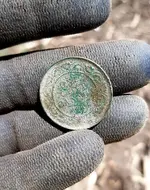 20210529_133541_resized.webp524.9 KB · Views: 100
20210529_133541_resized.webp524.9 KB · Views: 100 -
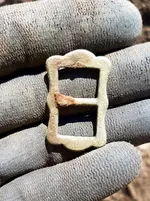 20210530_104922_resized.webp560.9 KB · Views: 91
20210530_104922_resized.webp560.9 KB · Views: 91 -
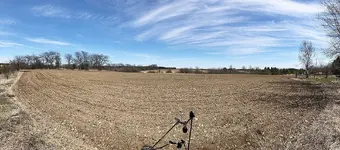 Mit001.webp402.5 KB · Views: 89
Mit001.webp402.5 KB · Views: 89 -
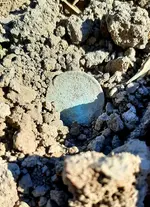 20210530_092854_resized.webp377.8 KB · Views: 82
20210530_092854_resized.webp377.8 KB · Views: 82 -
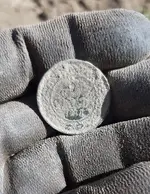 20210530_093016_resized.webp544.5 KB · Views: 89
20210530_093016_resized.webp544.5 KB · Views: 89 -
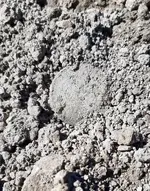 20210530_093701_resized.webp588.4 KB · Views: 87
20210530_093701_resized.webp588.4 KB · Views: 87 -
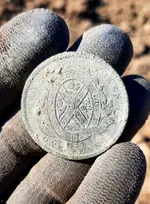 20210530_093820_resized.webp498.1 KB · Views: 97
20210530_093820_resized.webp498.1 KB · Views: 97 -
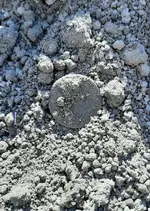 20210530_100010_resized.webp500.5 KB · Views: 89
20210530_100010_resized.webp500.5 KB · Views: 89 -
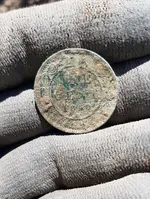 20210530_100122_resized.webp428 KB · Views: 85
20210530_100122_resized.webp428 KB · Views: 85 -
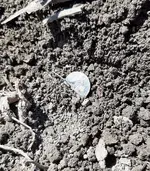 20210530_111013_resized.webp680.8 KB · Views: 88
20210530_111013_resized.webp680.8 KB · Views: 88 -
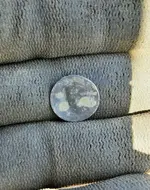 20210530_111207_resized.webp370 KB · Views: 96
20210530_111207_resized.webp370 KB · Views: 96 -
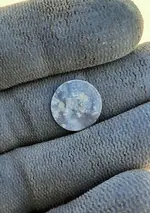 20210530_111222_resized.webp311.7 KB · Views: 100
20210530_111222_resized.webp311.7 KB · Views: 100 -
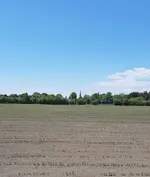 20210530_132523.webp231.6 KB · Views: 91
20210530_132523.webp231.6 KB · Views: 91 -
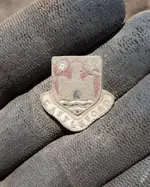 20210530_130555_resized.webp388.9 KB · Views: 97
20210530_130555_resized.webp388.9 KB · Views: 97 -
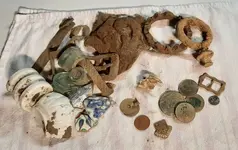 20210530_162454_resized.webp238.5 KB · Views: 88
20210530_162454_resized.webp238.5 KB · Views: 88 -
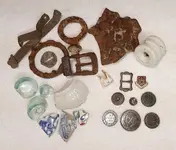 20210531_144510.webp303.5 KB · Views: 87
20210531_144510.webp303.5 KB · Views: 87 -
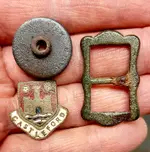 20210531_144624.webp450.1 KB · Views: 92
20210531_144624.webp450.1 KB · Views: 92 -
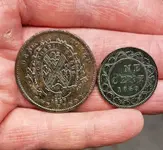 20210531_144936.webp301.9 KB · Views: 115
20210531_144936.webp301.9 KB · Views: 115 -
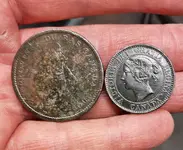 20210531_145013.webp287.8 KB · Views: 110
20210531_145013.webp287.8 KB · Views: 110 -
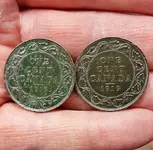 20210531_145141.webp306.6 KB · Views: 97
20210531_145141.webp306.6 KB · Views: 97 -
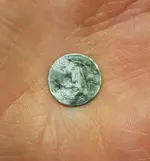 20210531_145547.webp222.4 KB · Views: 118
20210531_145547.webp222.4 KB · Views: 118 -
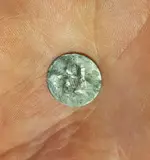 20210531_145648.webp200.2 KB · Views: 100
20210531_145648.webp200.2 KB · Views: 100
Last edited:
Upvote
36






